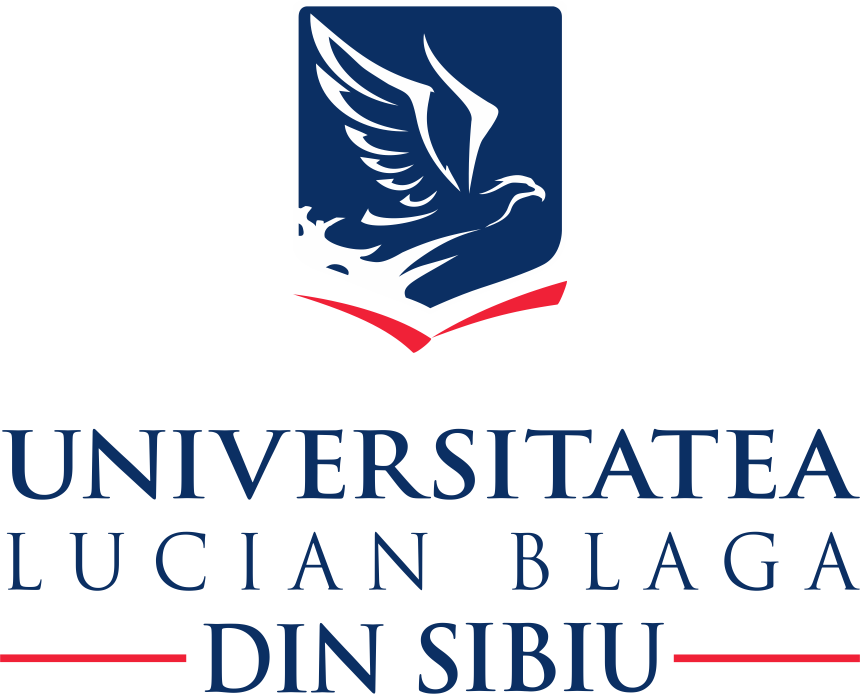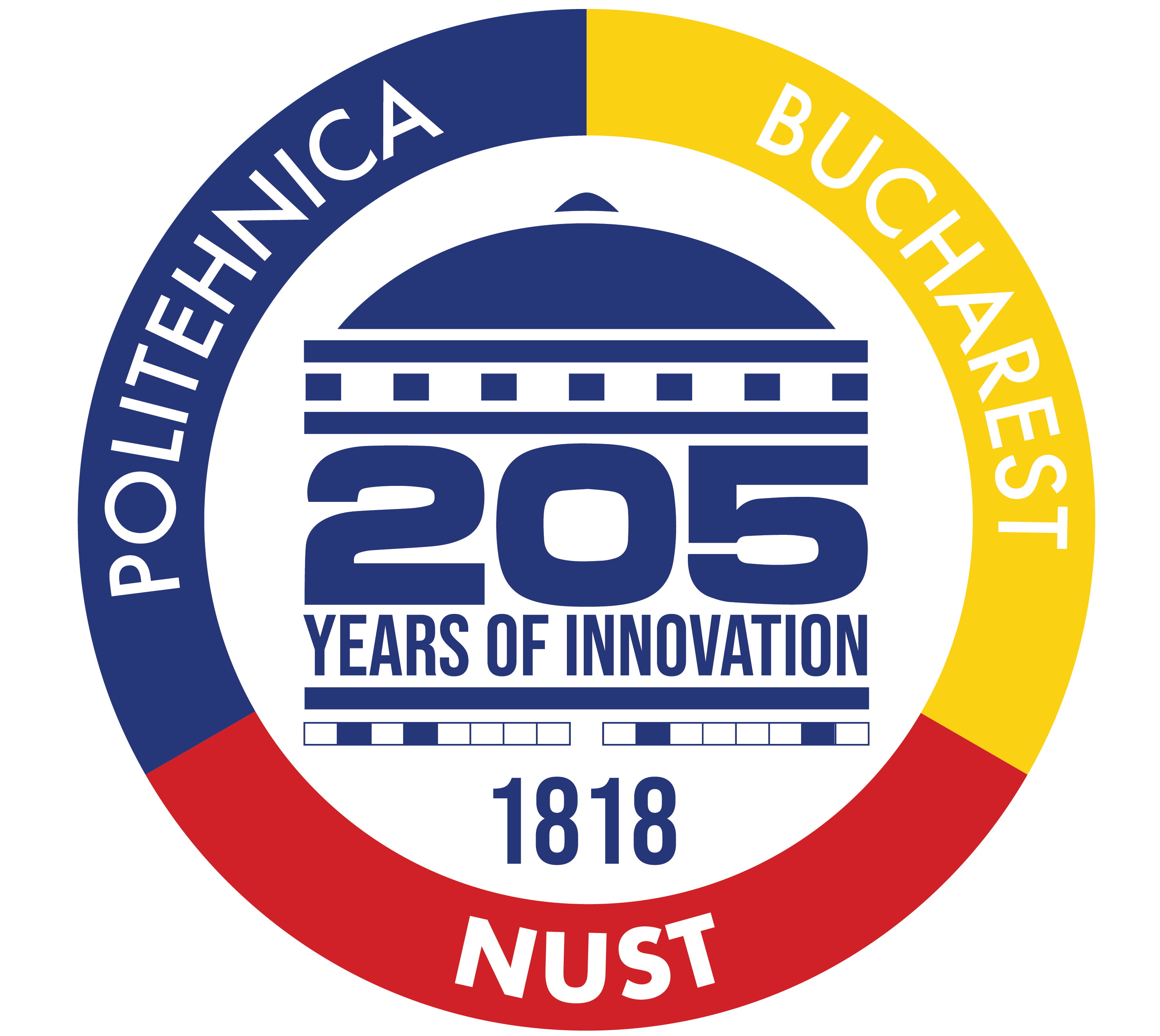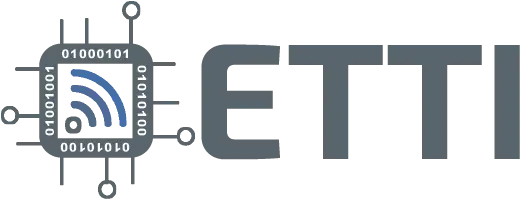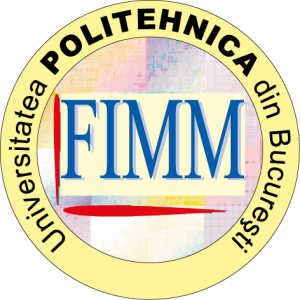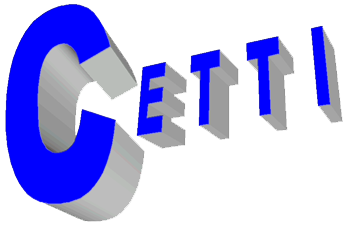TIE-µ: a new TIE topic launching in 2024
Welcome to the TIE-µ
Gordon Moore famously predicted in his” Moore’s Law” paper that it might become more cost-effective to construct extensive systems using smaller, individually packaged functions interconnected together. More than half a century later, the structure of the System-on-a-Chip (SoC) changes significantly with the partitioning of a monolithic die into smaller chiplets: packaging becomes one of the main focuses when designing a chip and the way the initial functionality is partitioned between multiple chiplets and how these are interconnected means we must shift our perspective to Systems in Package (SiP) (source: A. Jâjâie, A. Puşcaşu, I. Ailenei, C. B. Ciobanu and P. Svasta, “Chiplets and Next-gen Packaging Technologies in University Education,” 2023 IEEE 29th International Symposium for Design and Technology in Electronic Packaging (SIITME), Craiova, Romania, 2023, pp. 207-214, https://doi.org/10.1109/SIITME59799.2023.10431355)
As the industry shifts towards heterogeneous integrations, systems in package and chiplets it becomes of paramount importance to train future engineers in these state-of-the-art techniques, including employing interposers, 2.5D, and 3D integration.
Starting from this year, TIE introduces a new topic – TIE-μ, which is addressing important subjects such as advanced packaging, 2.5D/3D integration and chiplets. In this regard, TIE is a unique approach and to our knowledge the only one of this type in Europe which bridges the gap between Universities, Industry and advanced topics such as Chiplets as shown in Figure 1. The contest brings all stakeholders to the table, ensuring industry relevant data sets are proposed as topics using state of the art EDA tools in an academic environment, in order to introduce future engineers to an upcoming future career path in advanced packaging, chiplet integration and heterogenous design.
Figure 1 Interaction between Industry, Universities and Chiplets
As illustrated in Figure 2 (source: https://www.nature.com/articles/s41928-024-01126-y), the modern approach for heterogenous integration requires high speed interfaces such as Universal chiplet interconnect express (UCIe) and advanced packaging. TIE-μ focuses on the new interconnection challenges for high-speed interfaces, interposers and other techniques the students need to prepare for when transitioning from SoC to SiPs. SiPs make use of specialized chiplets with customer IP and memory on the same package.
Figure 2 Heterogeneous open chiplet on-package
For sponsoring the event and obtain valuable networking experience, please visit TIE 2024 Partners and Sponsors.



